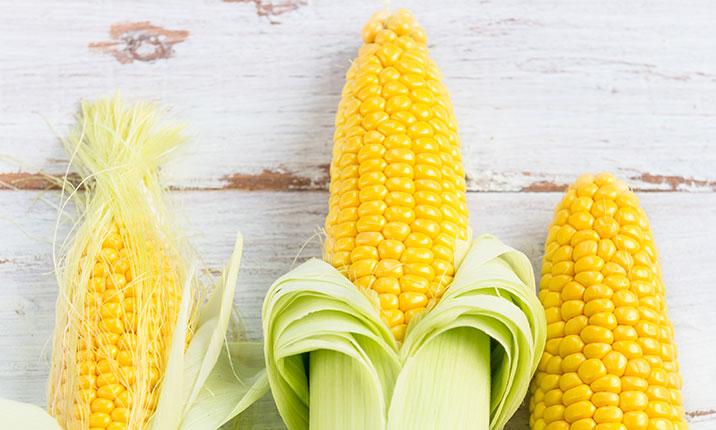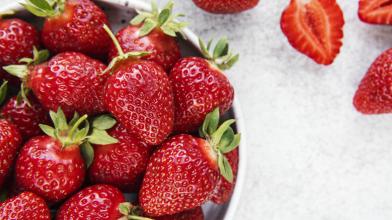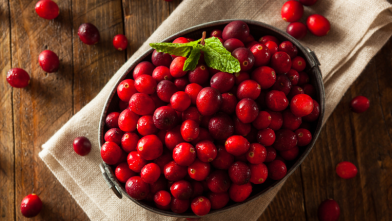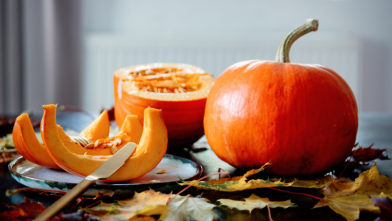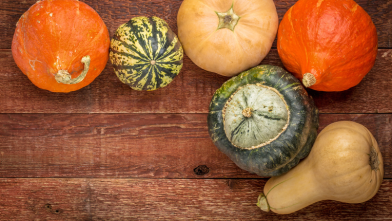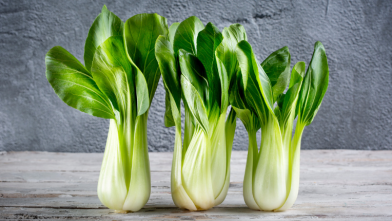One ear of fresh corn has 2.5 grams of gut-friendly fiber and 10% daily value of vitamin C, an essential nutrient that can help the immune system and reduce inflammation in the body. Fresh corn (and frozen sweet corn) also contains the vitamins thiamine, folate, magnesium, and potassium. Thiamine keeps the nervous system healthy, folate helps to create healthy red blood cells, magnesium helps regulate blood glucose (also called blood sugar) and blood pressure, and potassium helps nerves and muscles function at their best. Corn is also high in lutein and zeaxanthin, carotenoids that can help prevent cataracts and macular degeneration. Lutein and zeaxanthin make up a large part of the structure of the eyes.
Unlike field corn, sweet corn is harvested when the kernels are immature (called the milk phase) and eaten as a vegetable. Field corn is harvested when dry and mature and eaten as a grain or used for animal feed. Pieces of corn off the cob are technically a fruit, the same way tomatoes, squash, and peppers are also fruits. Corn on the cob can be purchased year round in some southern states like Florida, or found in the frozen aisle. But sweet corn will taste best in the summer months, when it's freshly picked.
Corn should be picked at the peak of ripeness, when the kernels are sweet and tender. When purchasing sweet corn, look for tight green leaves wrapped tightly against the cob. The leaves of the ear should be lightly damp, and not yellow, dry, or browning. Store corn loose in the fridge, no longer than a couple days after purchasing. The best way to freeze fresh corn on the cob is to remove the kernels and freeze in an air-tight zip bag.
Fresh corn can be boiled in salted water, or it can be grilled to achieve a delicious smoky flavor. The kernels can be sliced off and added raw to salads, or sauteed in olive oil. Try slicing the kernels off the cob, sauteing, and adding to your favorite appetizer dip or creamy pasta dish. Remove the husks, brush with oil, and set directly on the grill grate to get nice char marks. You can also slice the grilled kernels off the cob and add to your favorite salad.
